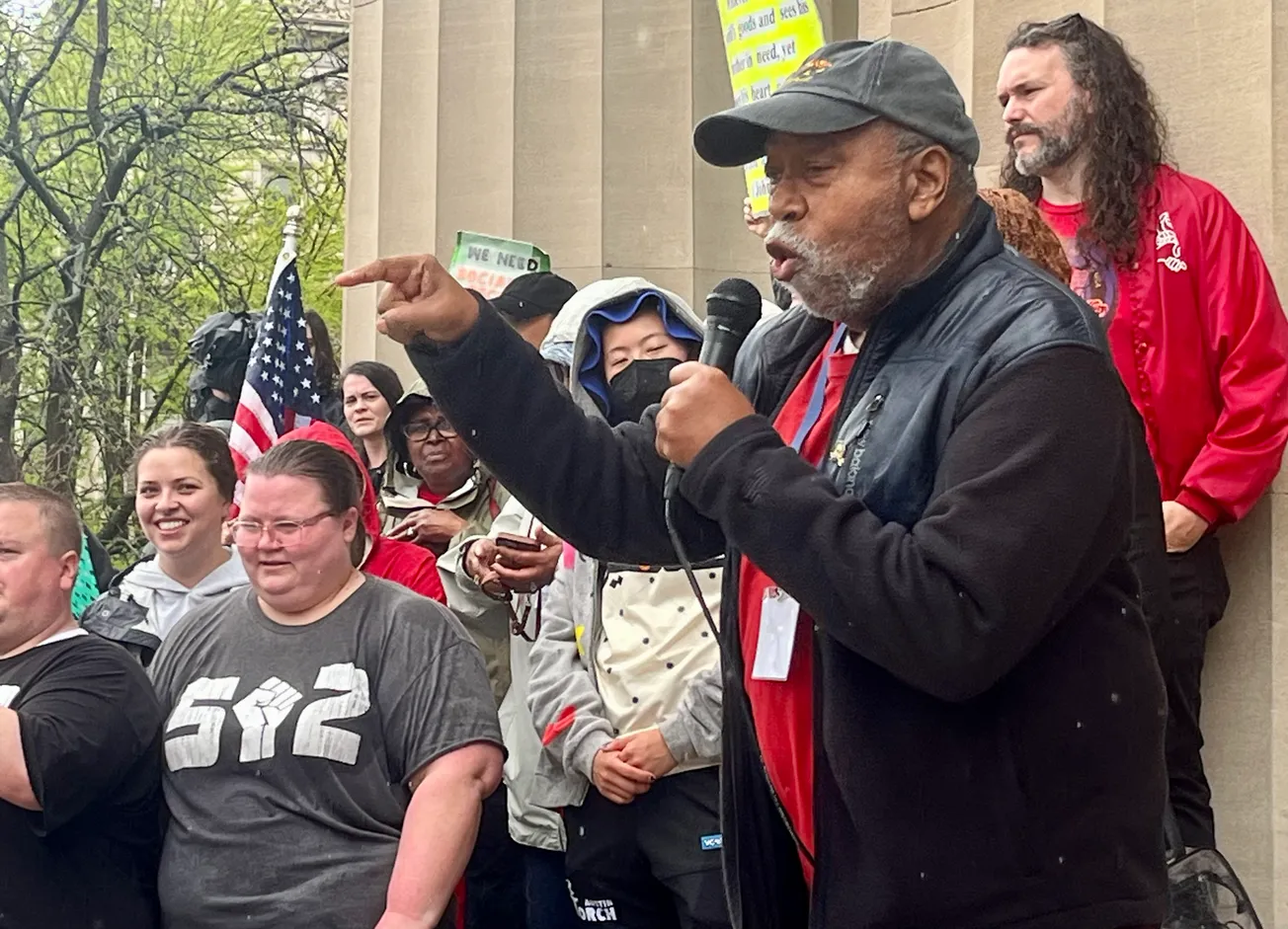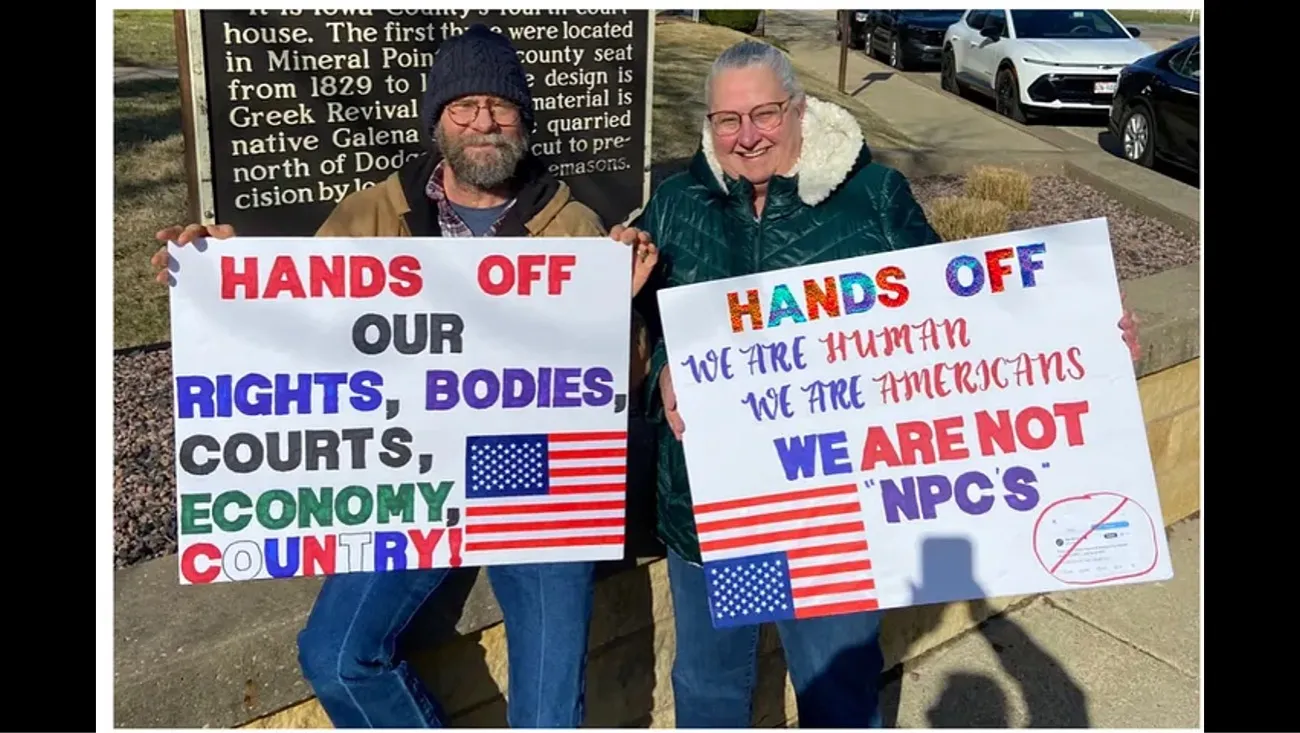The rural/urban divide is an issue that has a considerable impact on the politics and policies of Kentucky. Though there may be differences in communities across the Commonwealth, we still have numerous similarities that unite us. We share many of the same joys and hopes for our communities, and unfortunately, we also share some of the same obstacles and difficulties.
One issue that transcends county lines is the overdose epidemic. Kentucky is #2 in the nation for rates of overdose deaths. Fatal drug overdoses rose nearly 15% in Kentucky last year, surpassing 2,000 deaths. Black overdose deaths continue to trend upward with Black Kentuckians now representing 10.26% of fatal overdoses despite comprising only 8.6% of the population of the state.
For years, the reaction to drug use has been to incarcerate – and then reincarcerate. Our jails and prisons continue to burst at the seams with people who need treatment and resources, not incarceration. We now know that further criminalizing drug use has negative public health effects, such as driving drug use underground, increasing the likelihood that people will engage in less safe practices such as sharing needles, and decreasing the likelihood to seek necessary medical attention.
In addition, multiple studies have shown that sending people who used drugs to jail or prison leads to higher rates of mortality, and that for persons released from incarceration, the leading cause of death immediately after release is drug overdose. People who are incarcerated for drug use often live with the life-long consequence of a criminal record, which bars them from employment, housing, education and other essential opportunities. Incarceration due to substance use disorder separates families. The children of incarcerated parents are much more likely to be incarcerated or develop substance use disorder.
Kentucky Senate Bill 90 aims to divert those with substance use disorder to treatment and is a great first step. However, we must do more.
Ways to address this overdose epidemic
First, we need to shift to harm reduction models for people who use drugs. This should include strengthening Kentucky’s Good Samaritan law, increasing syringe exchange sites across the state, making Fentanyl test strips and naloxone more readily available, and creating Overdose Prevention Sites/Safe Consumption Sites.
Through the lens of harm reduction, we must also revise Kentucky’s harsh drug sentencing laws.
- First, we need to treat drug possession as a misdemeanor as opposed to a felony and ensure people have access to treatment for their addiction.
- Second, Kentucky’s Persistent Felony Offender law increases long sentences and does not allow an outlet for people to deal with their drug use from a public health perspective. Removing language pertaining to drug crimes from the statute can help ensure that more people are not subjected to these long sentences.
- Third, we need to ensure that the tens of thousands of people that are on community supervision have access to treatment resources as opposed to incarceration when they commit technical violations.
The resources to fund this new future are at our disposal. As a result of the National Opioid Settlement, Kentucky is set to receive $478M. All these funds must be spent on substance use disorder treatment and prevention. We challenge those charged with distributing this money to fund novel approaches that truly address the overdose crisis in our state. Throughout the Commonwealth, there are a multitude of grassroots organizations that are providing ground-level services to those suffering in active addiction. Funding these community-based, harm reduction organizations is paramount if Kentucky seeks to stem the tide of fatal overdoses.
As a rural Kentuckian and an urban Kentuckian affected by the overdose epidemic, we ask that all join for a better future for our fellow Kentuckians suffering with substance use disorder.
--30--
Amanda Hall of Louisa is justice campaign director for Dream Corps. Kungu Njuguna of Louisville is policy strategist for ACLU of Kentucky. Both are in long-term recovery.







